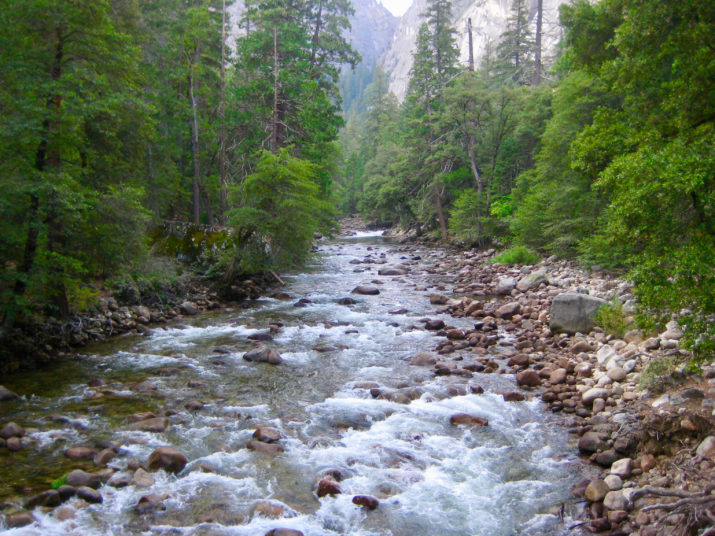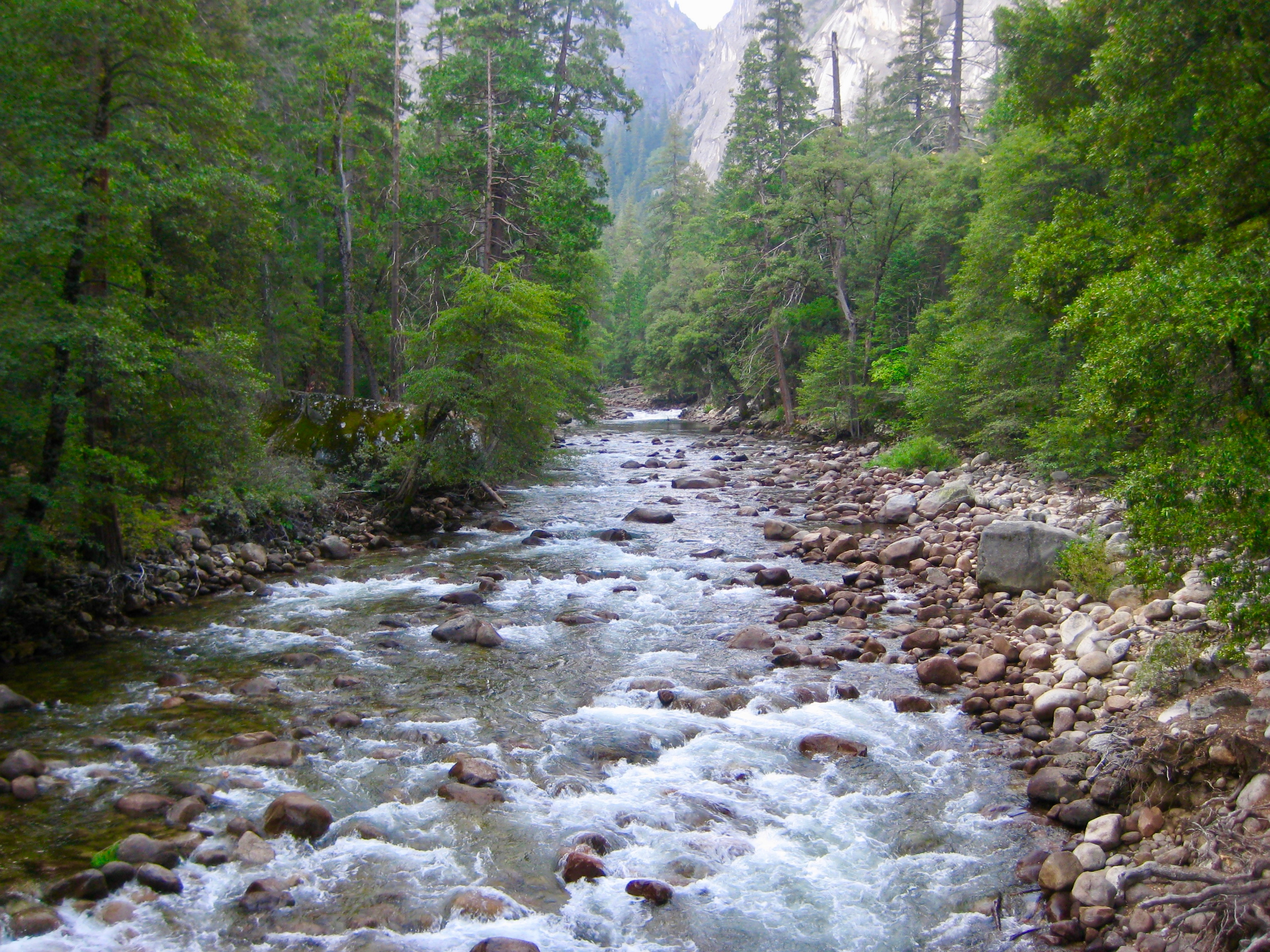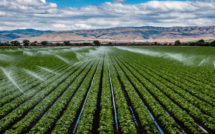

This is part of our Campus Spotlight on the Global Water Initiative at the University of Virginia.
I. Course Description
This course introduces the fundamental physical principles that are necessary to understand the interactions of hydrological processes with forest ecosystems. The course focuses on hydrologic processes characteristic of forested watersheds, including the impact of forests on evapotranspiration rates, soil infiltration, soil water redistribution, shallow water table variability, runoff generation, streamflow dynamics, and soil stability and erosion. The course considers also the role of forests in the climate system, their impact on the global water cycle, and precipitation at different scales.
After completing this course the students should be: a) familiar with hydrological processes taking place in forested regions; b) able to link forest hydrology to current research in the environmental sciences. A quantitative approach is taken in which mathematical descriptions of hydrological phenomena will frequently be used. The purpose of the laboratory is to illustrate in an experimental and computational setting the principles and applications introduced in lecture
CONTENTS
1. Role of vegetation in the water cycle:
- Introduction.
- Precipitation, canopy interception, occult precipitation, canopy throughfall, litter interception.
- Soil properties, infiltration, unsaturated flow
- Runoff generation, effect of forest vegetation on water yields. Effects of natural and anthropogenic disturbances (e.g., fires, deforestation) on water yield in forested watersheds. Effect of forest vegetation on the hydrologic response.
- Interactions between groundwater and vegetation.
- Channel Flow
- Evapotranspiration
2. Soil-Plant-water relationships: Water in trees and soils. Root uptake. Water flow through the xylem. Plant water stress. Stomatal regulation.
3. The impact of forest vegetation on hydroclimatic conditions.
4. Sediment yield: Effect of woody vegetation on sediment production and transport within forested catchments. Woody debris in hillslopes and streams. Effects of woody vegetation on slope stability. Riparian vegetation and river bank stability.
5. Nutrient cycling: Hydrologic mechanisms controlling the cycling of nitrogen and carbon in forested watersheds.
II. Course Materials
Reading assignments (see VIII. Schedule) are from class notes and research articles that will be posted in the class web site.
Suggested readings:
Students might use an introductory hydrology textbook to familiarize themselves with basic concepts in hydrology. (for example, Hornberger, G. M., P.L. Wiberg, J.P. Raffensperger, and P. D’Odorico, 2014. Elements of Physical Hydrology. The Johns Hopkins University Press).
A possible reference focusing on hydrological processes in forests is: M. Chang, Forest Hydrology: An introduction to water and forests, CRC Press, 2002.
III. Homework Assignments
Problem sets (approximately 3) will be handed out throughout the semester.
IV. Exams
Two in-class mid-term examinations and a term paper (due on the last day of class). The examination schedule is:
Mid-term #1: Monday, February 15 (3:30-5:00pm); Covers material through 2/8
Mid-term #2: Monday, March 15 (3:30-5:00pm); Covers material through 3/22
Final exam: There will be no final exam but a term paper due on the week of finals.
Each exam will cover the material presented in class, and the associated readings, between the previous exam and the Friday lecture listed above. If there is a demand, we will schedule a review session before each exam.
VIII. Schedule
| Topic | Date |
| Introduction | Week 1 |
| Water Cycle | Week 1 |
| Precipitation and Interception | Week 2 |
| Occult precipitation and canopy concensation | Week 3 |
| Soil Properties/Infiltration/Unsaturated Flow | Week 4 |
| Runoff Generation/Channel Flow | Week 5 |
These are syllabi of water courses or courses with significant water content from colleagues affiliated with the Global Water Initiative at the University of Virginia.
Photo: A stream in Yosemite National Park full of fresh water as it runs over rocks with trees watching over the precious resource that Mother Nature provides | Shutterstock
Published on December 11, 2018.




